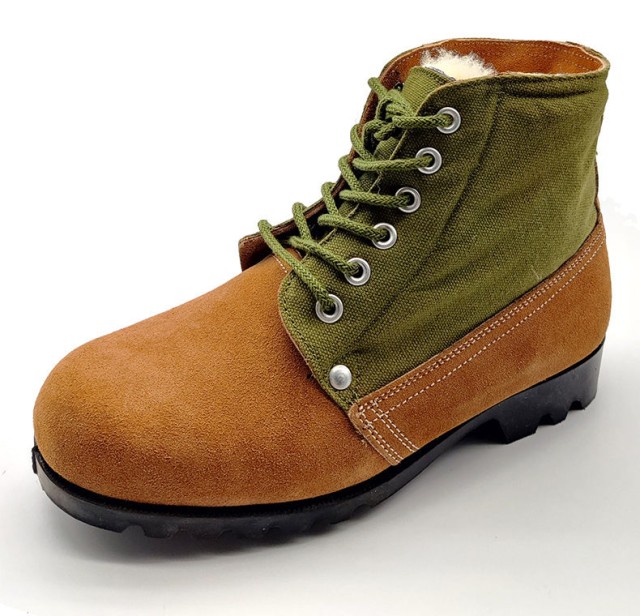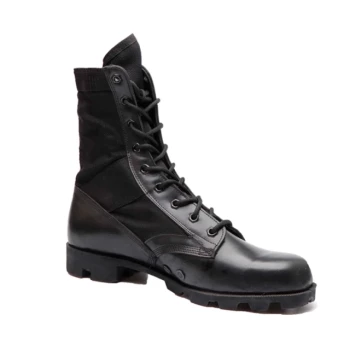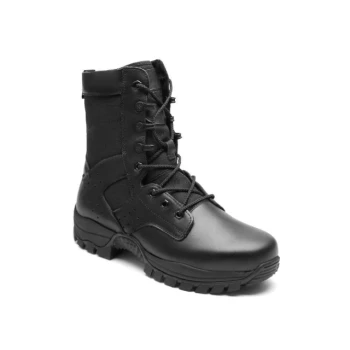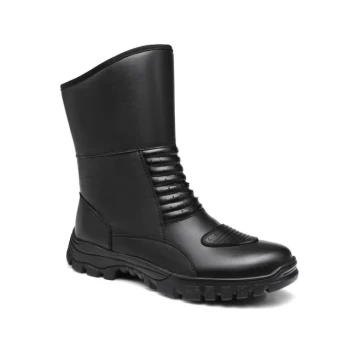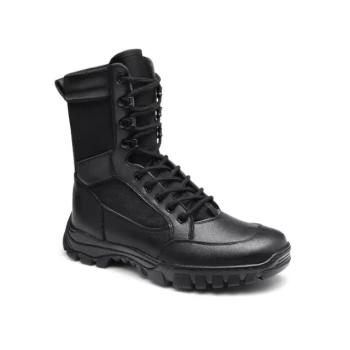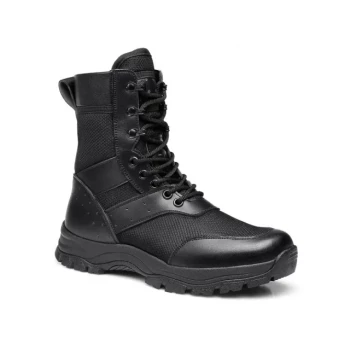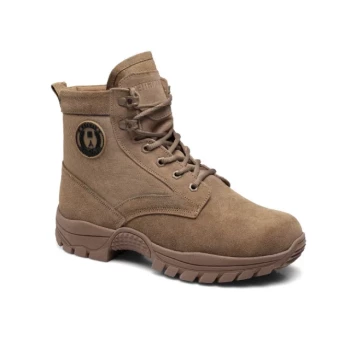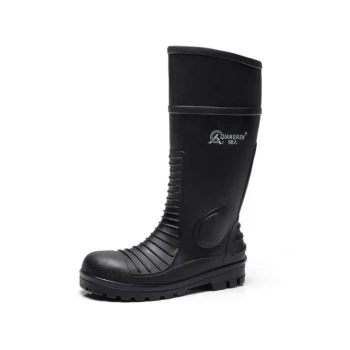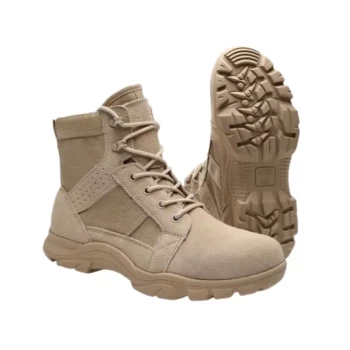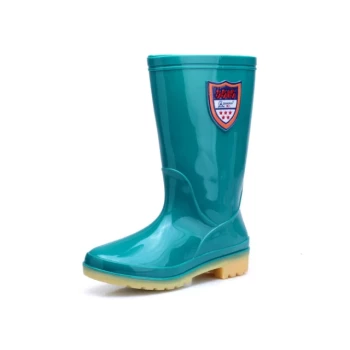The development of military camouflage between World War I and World War II represents one of history’s most fascinating intersections of art, science, and survival. What began as experimental attempts to conceal soldiers using painterly techniques matured into a systematic discipline that still influences modern warfare. This article traces the pivotal shifts—from hand-painted disguises to standardized patterns—that redefined how armies vanished into landscapes.
The Tactical Catalyst: Camouflage in World War I
Cubism on the Battlefield: Art Meets Warfare
The trenches of WWI birthed camouflage as a strategic necessity. With snipers and aerial observers rendering traditional concealment obsolete, armies turned to avant-garde artists for solutions. French camoufleurs—many trained in Cubism—applied fractured shapes and contrasting colors to distort the silhouettes of guns, vehicles, and even personnel. Their work exploited a key insight: the human eye detects movement and recognizable forms more easily than detailed textures.
Key innovations included:
- Dazzle camouflage: High-contrast geometric patterns on naval ships to mislead enemy rangefinders about speed and direction.
- Observation post disguises: Fake trees and rubble replicas constructed from battlefield debris.
Limitations of Early Camouflage and Lessons Learned
Despite breakthroughs, WWI camouflage faced critical constraints:
- Material fragility: Painted fabrics degraded quickly in rain or mud.
- Static application: Patterns designed for specific terrains (e.g., French farmland) failed when troops advanced.
- Limited scope: Focused primarily on large equipment rather than individual soldiers.
These shortcomings drove militaries to pursue more durable, adaptable solutions in the interwar years.
Scientific Warfare: Camouflage’s Transformation in World War II
Terrain-Specific Patterns and the Rise of Disruptive Coloration
By WWII, camouflage was no longer artistic improvisation but a calculated science. Researchers like zoologist Hugh Cott studied animal concealment, leading to disruptive coloration—patterns that broke up outlines with irregular patches of color. Armies developed terrain-specific designs:
- Forest zones: Moss-green and earth-brown splotches for European woodlands.
- Desert theaters: Sand-tan gradients with minimal shadows for North Africa.
Germany’s Splittermuster (1931) became a benchmark, using sharp-edged shapes to mimic dappled sunlight under trees.
Aerial Reconnaissance and the Demand for Standardization
The proliferation of spy planes forced armies to rethink concealment from above. The U.S. introduced dual-purpose uniforms with patterns effective at ground level and from aircraft altitudes. Standardization emerged as a logistical necessity:
- Fabric printing: Mass-produced uniforms replaced hand-painted gear.
- Modular designs: Reversible uniforms with woodland/urban patterns extended versatility.
Legacy and Innovation: How WWII Set Modern Camouflage Standards
The WWII era established principles still used today:
- Adaptive materials: Modern fabrics adjust to infrared and thermal imaging.
- Psychological impact: Patterns like MARPAT (U.S. Marines) are designed to confuse, not just hide.
- Cross-branch coordination: NATO’s standardization reflects lessons about interoperability.
Camouflage’s evolution mirrors broader shifts in warfare—from static trench battles to dynamic, technology-driven combat. The fusion of art and science during these decades created systems that protect lives by mastering the art of disappearance.
Ready to equip your team with footwear built for every environment? 3515 combines durability and adaptability in boots designed for extreme conditions—trusted by militaries and outdoor professionals worldwide. [Contact us] to discuss bulk solutions tailored to your needs.
Related Products
- Durable Military Combat Boots with Water Drainage for Wholesale & OEM
- Durable Leather Tactical Boots Wholesale & Custom Manufacturing for Brands
- Wholesale Tactical Boots High-Traction & Reflective for Bulk & Brand Orders
- Wholesale Waterproof Tactical Boots Custom Suede & High-Traction Soles
- Wholesale Lightweight Tactical Boots with Dial Closure OEM & Bulk Orders
Related Articles
- How Tactical Boots Solve Real Workplace Challenges in High-Risk Environments
- How Tactical Boots Solve Everyday Challenges: From City Streets to Job Sites
- How Tactical Boot Engineering Solves Real Outdoor Challenges
- How Tactical Boots Deliver Long-Term Value: A Cost & Performance Breakdown
- How Tactical Boots Solve Critical Challenges in Law Enforcement Operations
